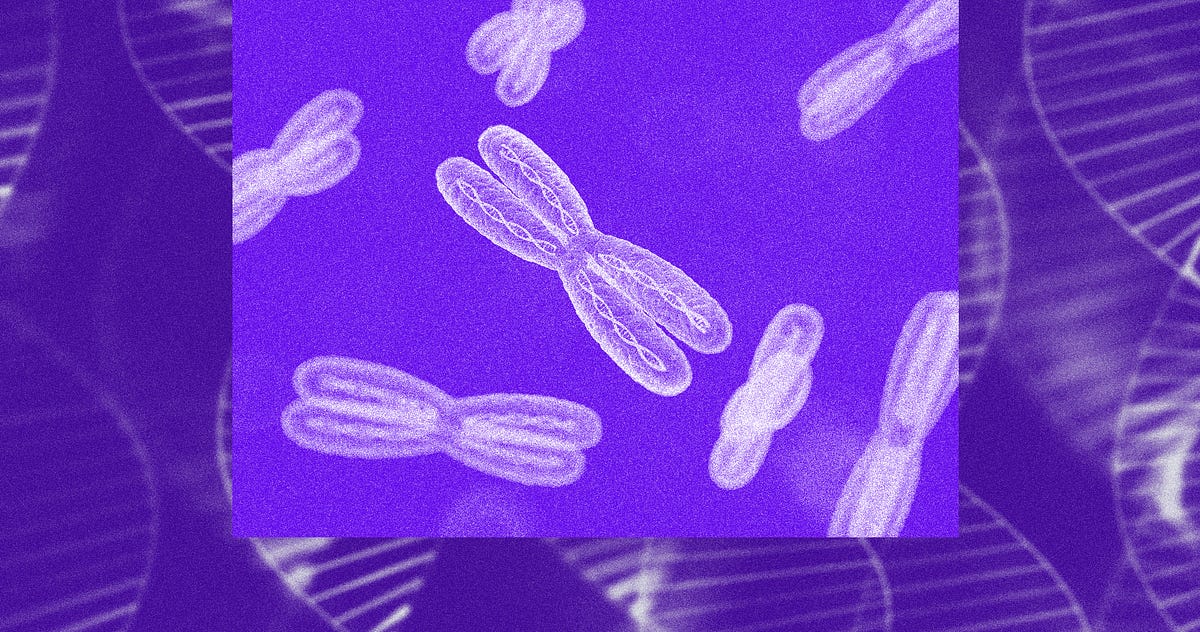By the time the Human Genome Project ended its 13-year run in 2003, it had mapped about 90% of our entire genetic code. But some of the remaining parts have proved difficult to decode. As DNA reading technology has improved over the years, those gaps are gradually filling in and researchers are getting closer to building a complete picture of the genome. But there are still about 100 or so regions that are incomplete, including a handful of sections in the X chromosome.
Now, for the first time, scientists have produced an end-to-end map of the X chromosome. The achievement, which could help scientists better understand a number of genetic conditions, was published July 14 in the journal Nature.
Mapping these regions in the X chromosome and elsewhere has stumped researchers because they contain lots of repetitive DNA segments, making them a challenge to sequence. These segments can repeat for thousands or even millions of DNA letters, also known as bases.
“Assembling or putting these pieces together was impossible until only recently,” Karen Miga, a DNA biologist at the University of Californa, Santa Cruz and an author on the new paper, tells OneZero.
Using advanced sequencing technology, researchers focused on decoding the X chromosome because most humans have at least one. People born genetically female typically have a set of X chromosomes, and those born genetically male usually have an X and a Y.
“The X chromosome is of interest in the human medical genetics and genomics field for having association with a lot of traits and diseases,” Miga says. For instance, the X chromosome is linked to color blindness, Duchenne muscular dystrophy, and hemophilia.
#genetics #science #dna #reengineering-life #human-genome #data science
